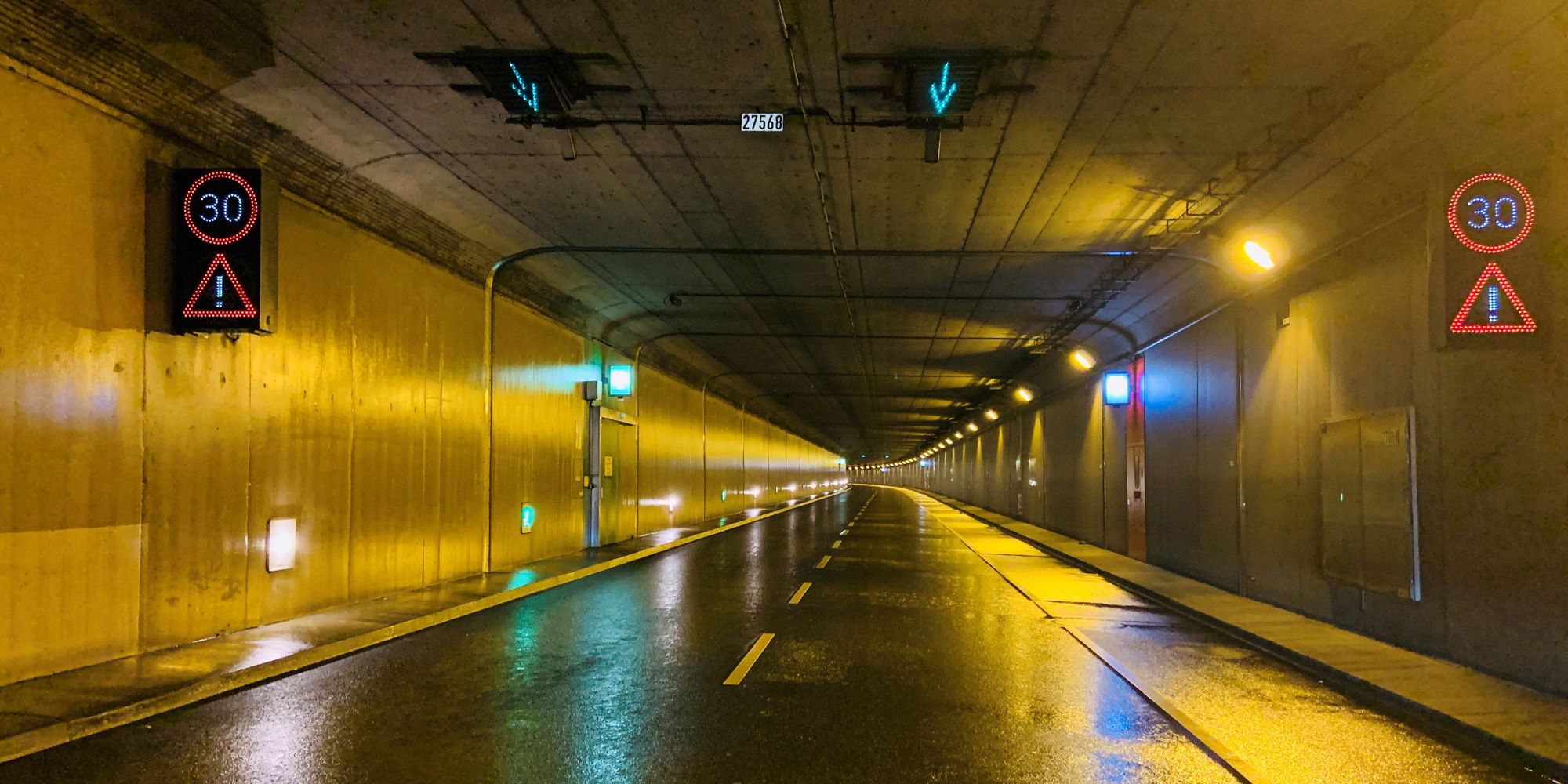Today modern Variable Message Sign Systems (VMS) are an important contribution to making traffic safer and improving traffic flow – also and particularly in Berlin. The benefit is considerable: In addition to the improvement of traffic flow emissions will be reduced.
VMS are monitored by the tunnel control centre (in terms of operation) and by the traffic control centre (in terms of traffic and transport) which both are assigned to the Senate Department for Urban Mobility, Transport, Climate Action and the Environment.

